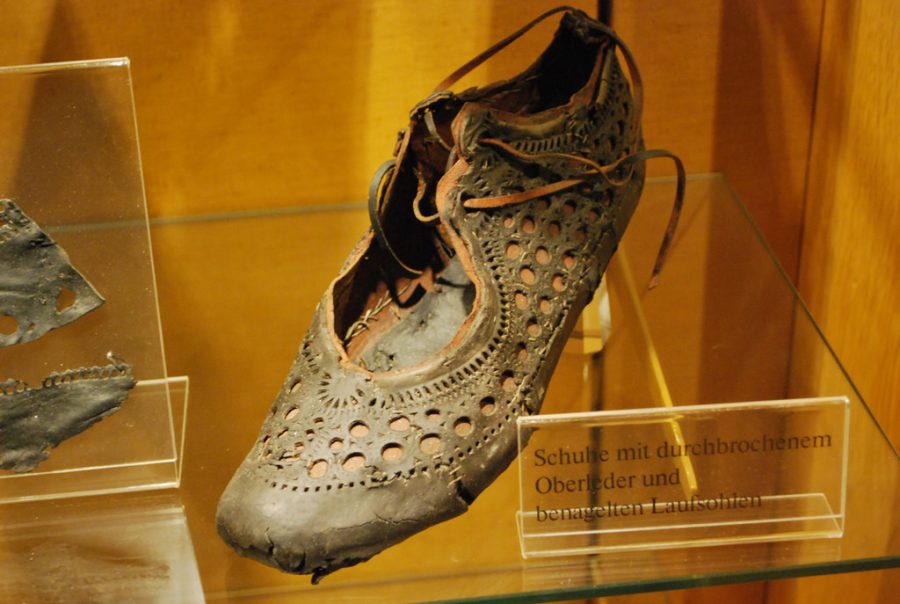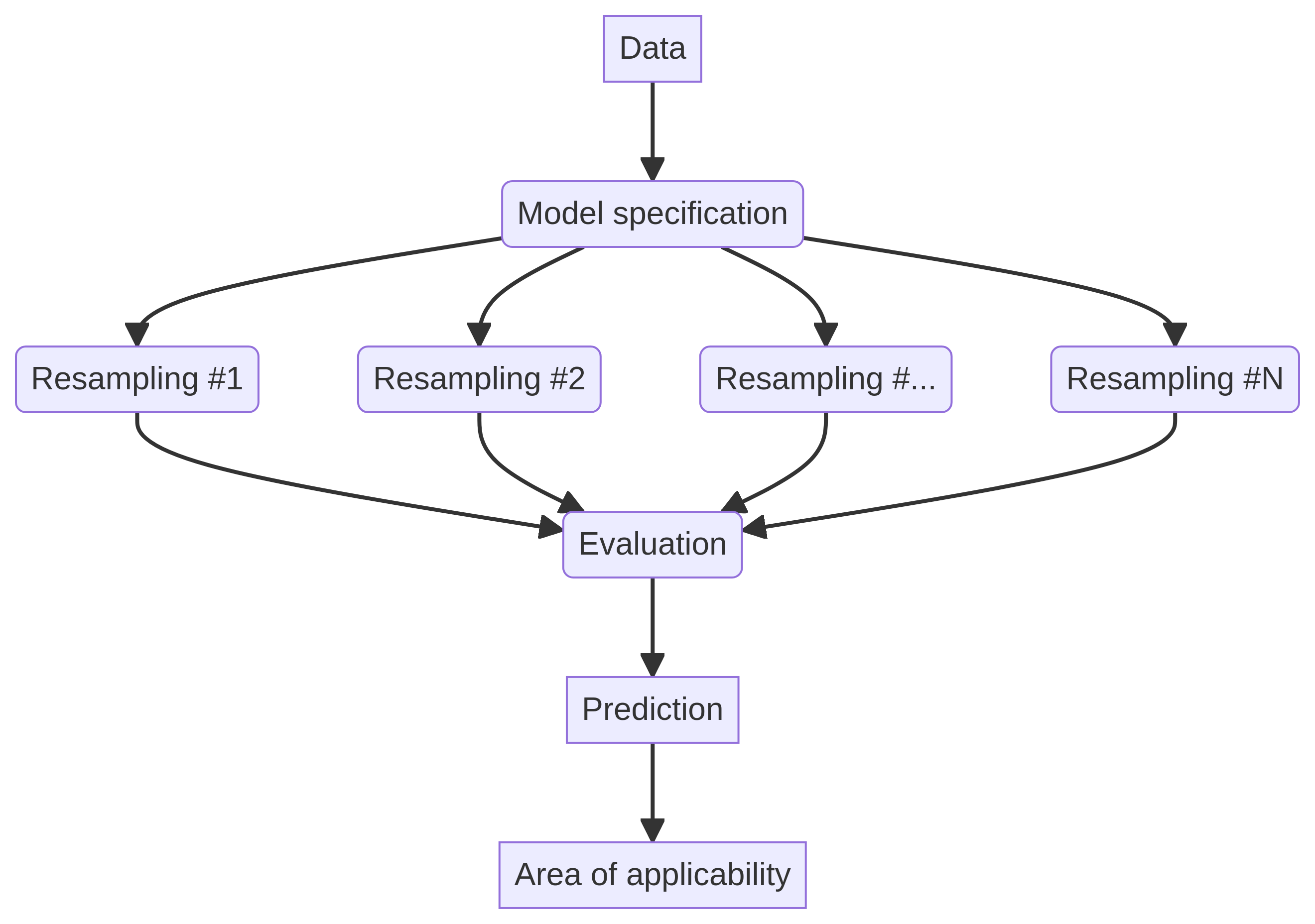Revolutionary Insights into DNA Replication: ORC Complex and Its Role in Cancer Cells
Recent research has shed light on the intricate mechanics of DNA replication in eukaryotic cells, with a keen focus on the six-subunit Origin Recognition Complex (ORC). This complex is pivotal for recruiting the Minichromosome Maintenance 2-7 (MCM2-7), a fundamental component of the replicative DNA helicase necessary for all forms of DNA replication. Notably, studies by Costa and Diffley (2022), Stillman (2022), and Hu and Stillman (2023) have emphasized the essential nature of ORC in these processes.
Interestingly, specific cancer cell lines have been identified that harbor mutations in ORC subunits such as Orc1, Orc2, or Orc5. Remarkably, these mutated cells do not express detectable levels of the proteins yet are still capable of loading MCM2-7 onto the chromatin and successfully replicating their DNA as they proliferate in culture. This observation, initially reported by Shibata et al. (2016) and further explored by Shibata and Dutta (2020), introduces a paradox that suggests cancer cells may possess alternative pathways to facilitate MCM2-7 loading and support DNA replication.
Further supporting this hypothesis, instances where Orc1 has been removed mutationally in organisms such as Drosophila and in mouse hepatocytes or placental trophoblasts show persistent extensive DNA replication. These findings indicate that unique cell cycles, which differ from normal mitotic growth in diploid cells, may allow for alternative MCM2-7 loading mechanisms during replication, particularly in specialized tissues.
To delve deeper into the structure of ORC, researchers have found that five of its six subunits (ORC1-5) form a ring-shaped structure through interactions between their respective Walker A and B motifs and AAA+ like domains. While ORC1 and ORC4 retain intact motifs necessary for ATPase function, the complete ATPase functionality of the complex remains unproven experimentally. Notably, a theoretical possibility has emerged suggesting that in the absence of ORC1, a similar ATPase, CDC6, could potentially substitute for ORC1, forming a functional ORC-like structure to facilitate DNA replication.
This hypothesis prompted researchers to investigate whether the genetic removal of ORC2, which lacks significant homology to CDC6 and does not exhibit evident ATPase activity, would hinder endoreduplication in mouse livers. In previous research, the initiator methionine of the Orc2 gene was eliminated in cancer cells, resulting in a significant reduction of ORC2 protein levels while still allowing a truncated version to be expressed at a minuscule fraction of the wild-type level.
Our investigation extended this approach to assess if simultaneous genetic inactivation of both Orc1 and Orc2 could completely obliterate all forms of DNA replication, including endoreduplication. The findings revealed that although Orc2 is crucial for the viability of early embryos and mouse embryo fibroblasts in vitro, its mutational inactivation, or the combined inactivation of both Orc1 and Orc2, did not significantly hinder liver development in adult mice. Remarkably, viable adult mice were produced, and early expression of albumin was observed in hepatoblasts, indicating active liver function even in the absence of these ORC subunits.
Single-cell sequencing studies confirmed the presence of albumin-expressing hepatoblasts at a crucial developmental stage, while additional experiments indicated measurable DNA replication in the liver postnatally. This suggests a surprising resilience of liver development despite the knockout of key ORC genes, contradicting initial expectations based on the sensitivity of mouse embryo fibroblasts to the loss of the ORC holocomplex.
In our experiments, we had difficulty finding antibodies capable of recognizing ORC1 or ORC2 proteins in tissue samples. Consequently, we calculated the number of cell divisions occurring in embryonic mouse hepatocytes post-deletion of these genes. The results indicated that livers from Orc2 deleted and male double knockout (DKO) mice underwent at least 18 cell divisions, while female DKO livers saw around 15 divisions since a critical embryonic stage.
Remarkably, the findings suggested that even with a significant reduction of ORC proteins, the liver could still perform many rounds of DNA replication and cell division. This resilience implies that mitotic DNA replication is not entirely abolished in the absence of ORC proteins, as evidenced by continued EdU incorporation in hepatocytes in vitro and during liver regeneration following partial hepatectomy. This persistent ability to replicate DNA in the absence of detectable ORC proteins raises questions about alternative mechanisms for MCM2-7 recruitment and support of DNA synthesis.
The results also pointed to sex-specific differences in the impact of ORC protein depletion on liver development. Female DKO livers exhibited heightened sensitivity to the depletion of both ORC1 and ORC2, with a significant reduction in cell divisions compared to males. This could be attributed to hormonal influences, as plasma testosterone levels rise markedly in males shortly after birth, possibly facilitating liver cell proliferation and compensating for the loss of ORC proteins.
Interestingly, our studies indicate that both female and male mice can undergo endoreduplication more readily than previously realized, even in the genetic absence of ORC. This suggests that, while typical mitotic replication may be impaired, alternative pathways for DNA synthesis may be activated during liver development and regeneration.
As researchers continue to explore the implications of ORC deletions, it is evident that these findings carry significant implications for understanding not just normal liver development and regeneration, but also the behavior of cancer cells that manage to replicate DNA despite the loss of crucial replication factors. The subtle interplay of genetic factors, hormonal influences, and cellular mechanisms underscores the complexity of replication processes in various physiological contexts.


















